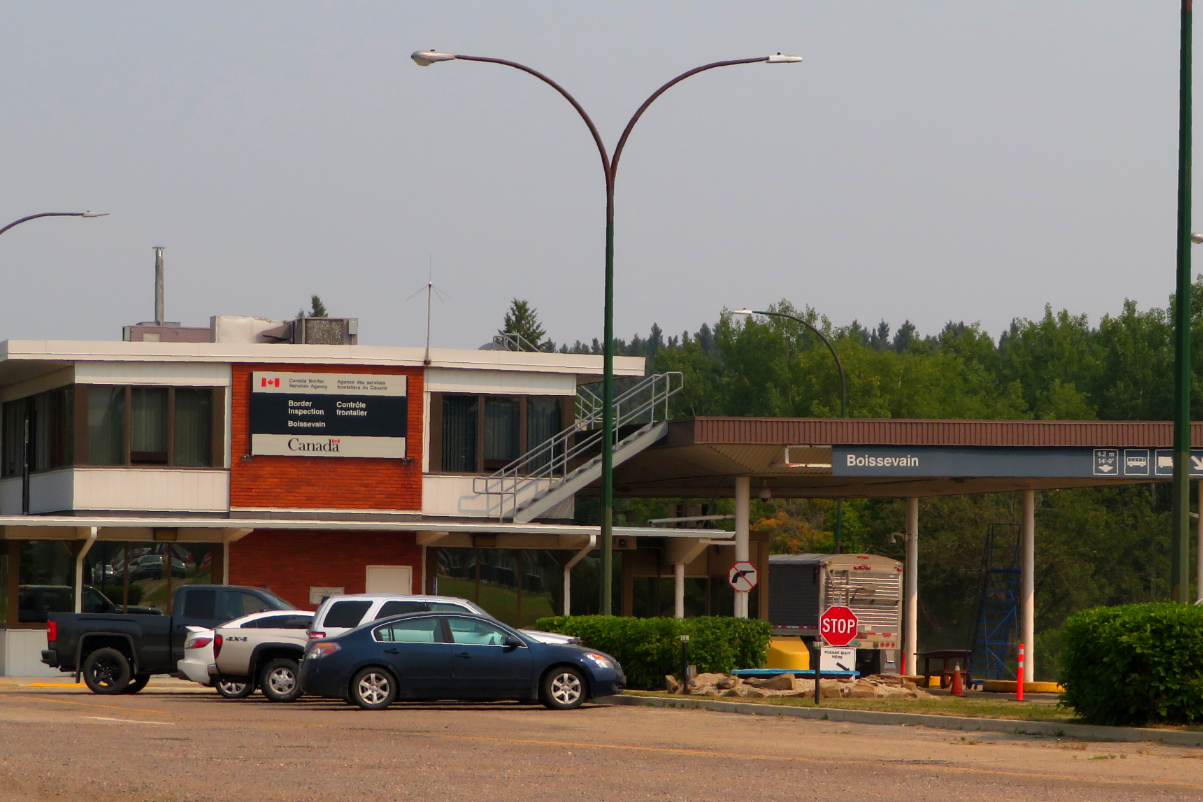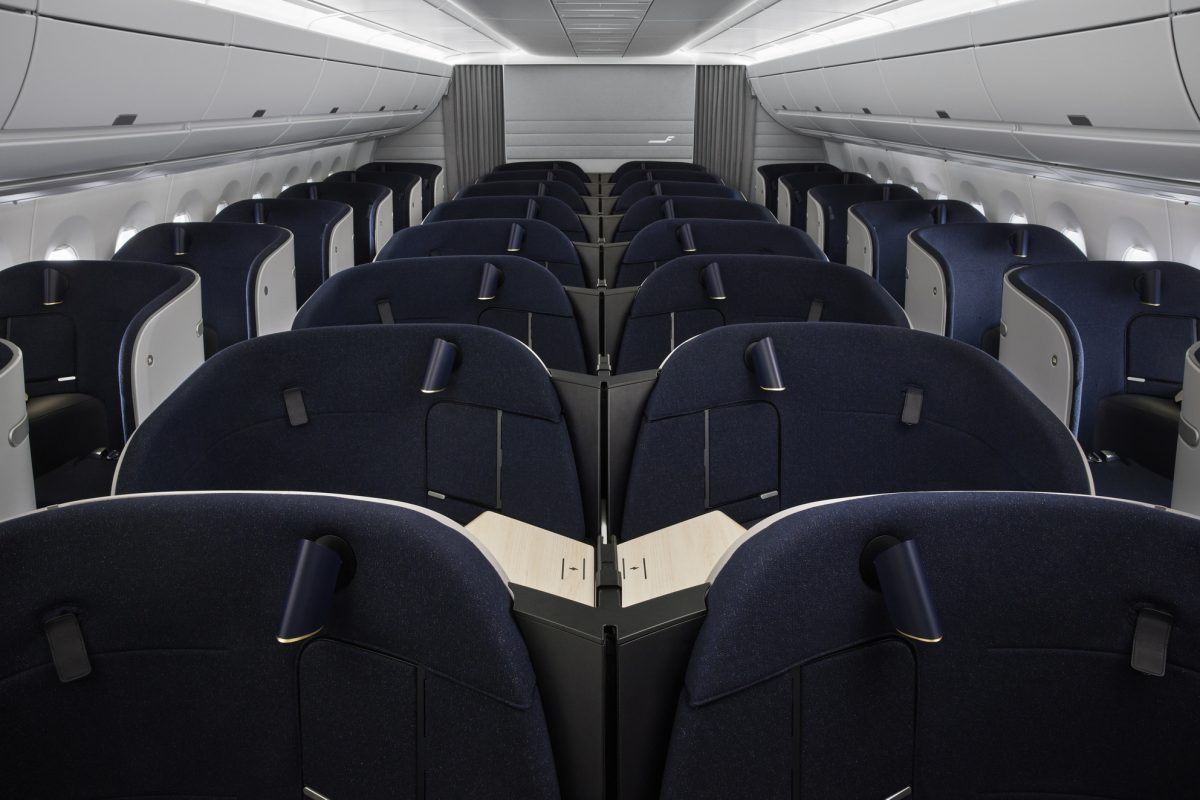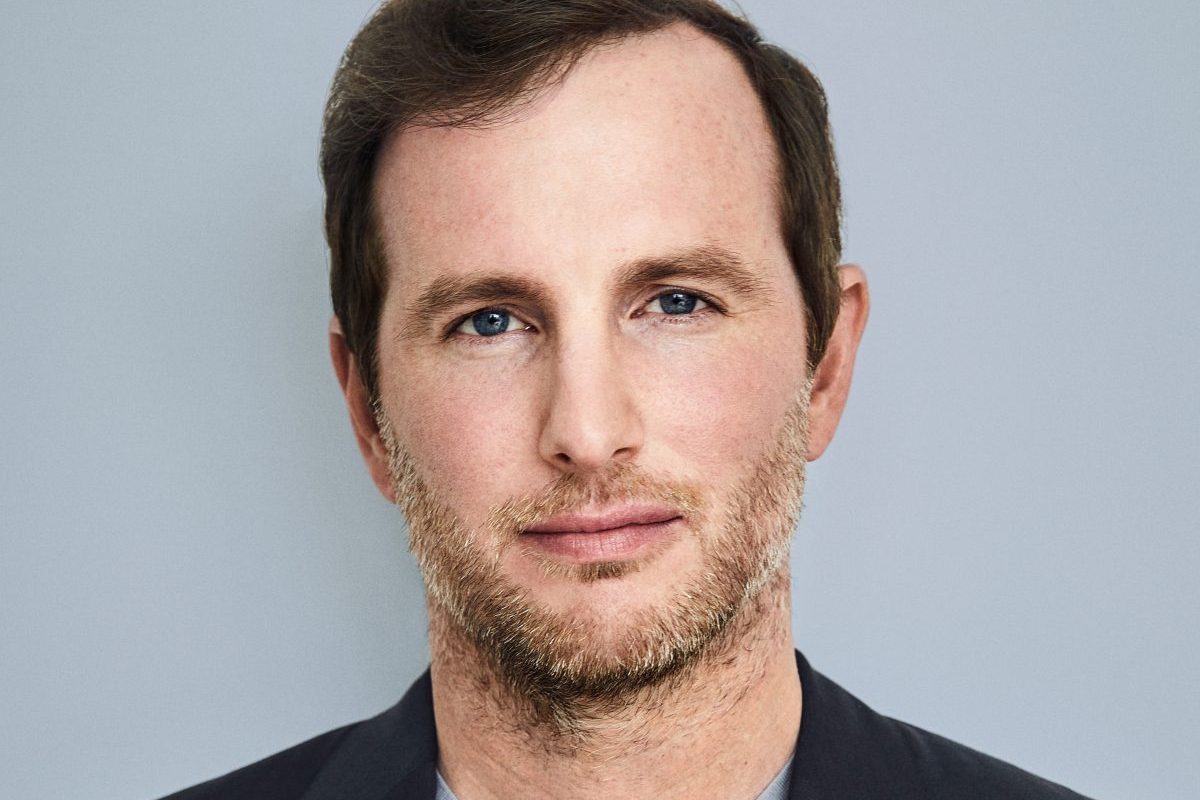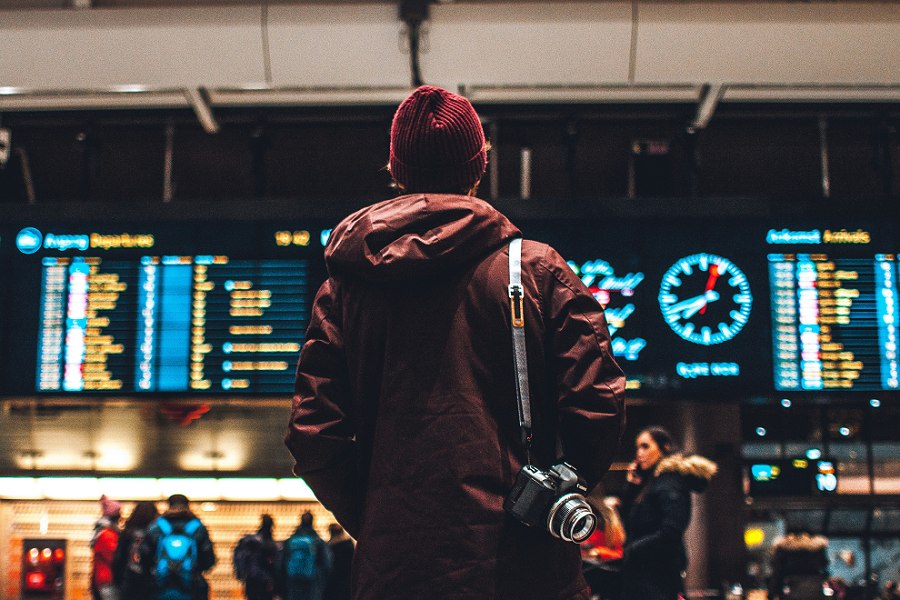Luxury Beauty Brands Make Over Airport Retail
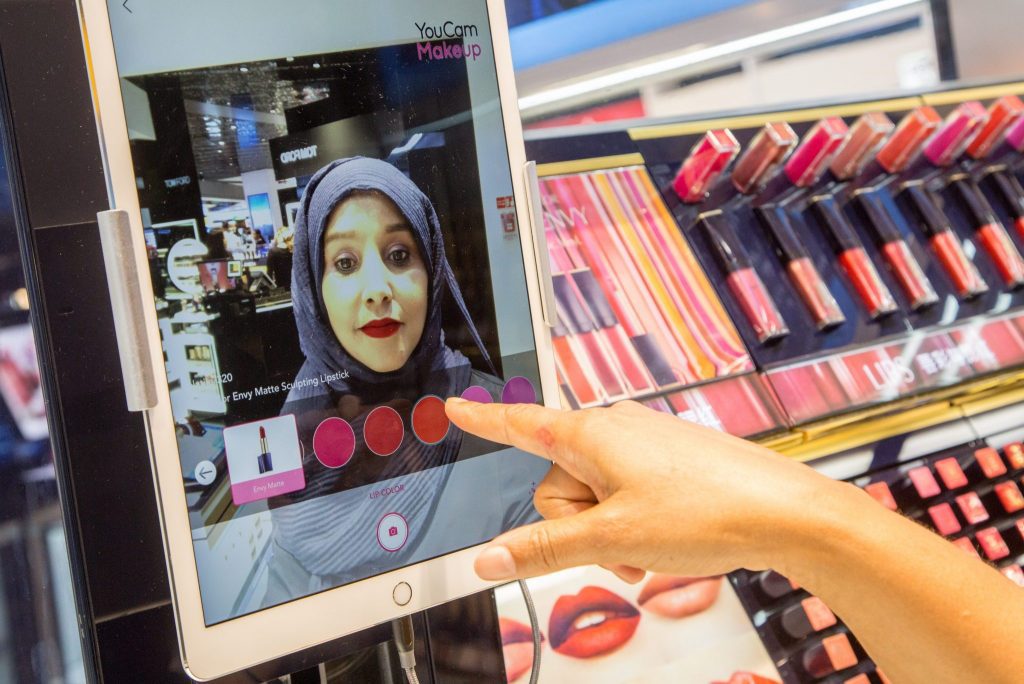
Skift Take
Let’s face it, airline passengers are a captive audience. They have time to kill, and credit cards in hand. Then there’s the fact that architects are designing international airports so that international travelers can’t avoid the endless slog through duty-free prior to arriving at the gate. Add to that the oft-misguided perception that duty-free offers better-than-street prices, and you have the perfect conditions for commerce.
That's why airport stores can serve as data labs for international luxury brands. “If travel retail isn’t of strategic important to global brands, it should be," said Luke Stockton, an analyst at NPD Travel Retail suggests.
The beauty industry (cosmetics, skincare and fragrance) gets that. It is a dominant player in the travel retail duty-free space. It's estimated that beauty accounts for about one-third of the total duty-free market, and is among the top performers growth-wise.
When it comes to travel retail (which also includes, to a much smaller degree, cruises and tax-free stores located in cities), the beauty industry is ahead of the curve in developing new ways of doing business. Maybe that’s because so many of these companies have established separate divisions with a strategic focus on travel retail.
“Travel retail is becoming the ‘spokesmarket’ for the brand. Our innovations will be seen here first. We used to launch in local markets and then travel retail, but now the channel has become the heart of our strategy. Our aim is to grow the brand on a worldwide basis through travel retail," said Elise Vanden Brande, worldwide director for Guerlain Travel Retail, in an interview with Moodie Davitt Report.
Guerlain Parfumeur, a personalized fragrance retail concept, first showed up as a pop-up at Paris Charles de Gaulle Airport. Once it tested the concept and deemed it a success, permanent Guerlain Parfumeur shops were set up in other locations.
The idea of using multi-sensory pop-ups, featuring elements of personalization, is becoming quite popular among beauty brands. Salespeople can offer customers makeovers and personalized beauty advice. Customers can see how products look on them through virtual mirrors. To add cache, brands are also creating travel exclusives, products or collections only available through airport retail.
Dufry is one of the largest travel retailers, with operations in 65 countries. Antonin Carreau is the global category management director for beauty.
"Today’s customers want to enjoy experiences. Perfumes and cosmetics are well-suited to offer different kinds of experiences within an airport environment, as they benefit from the captive audience and the possibility to personally engage with customers," he said.
"The offering of product testing, the teaching of how to use or directly apply a treatment, innovative “Magic Mirrors” showing how a new lipstick color might look, are ideal initiatives for the brands to engage with customers."
In the future, augmented reality will play a much larger role in brand activations, said NPD's Stockton. It's already in play. During the holiday season in 2017, Lancôme introduced an augmented-reality virtual makeover app as an in-store experience at Changi Airport Singapore. The digital application let customers 'try on' makeup.
In 2018, Shiseido Travel Retail launched Nars popups in airports in Thailand, China and Japan. At King Power Rangnam Airport in Bangkok, motion sensors and a virtual lip trial app using AR took customers on an interactive journey to explore the Nars lip colors.
Gamification is another strategy beauty brands are using to increase foot traffic in stores. Guerlain employed a WeChat mobile game to promote its KissKiss Matte lipstick. It could only be played at the Beijing Capital International Airport. If people played and scored 5,000 points, they could come into the duty-free shop for a free tube of lipstick. Coty's game at London Heathrow involved developing an interactive quiz with answers embedded on in-store shelves.
As luxury beauty brands go forward, however, there will be some challenges. International passenger traffic keeps growing. In 2018, there was a 6.3 percent increase from the previous year. But much of the new passenger growth comes from low cost carriers. That fact doesn’t necessarily represent a threat to luxury retail in that high-end consumers will still be traveling. But if demand for lower-priced goods prevails, airports may have to reconsider their offerings, opting to devote more retail space to mass market shops and fast food outlets.

